How To: Make Paper
Originally Appearing in "Paperwork" (Abstract 5)
Text by Jackie Perreira // Images by Katie Whitman
Once you graduate from college, some of the resources you took for granted may no longer be available to you. For art majors, this means saying goodbye to expensive equipment and supplies.
Even making paper from scratch is easier with the proper tools, but some of those tools are not readily available in Hawai'i.
Papermaking artist Allison Roscoe wants to change that. She has partnered with the Honolulu Museum of Art to construct a building that will adjoin the museum and house a classroom from which she could teach the art of papermaking, from Hawaiian kapa to Japanese indigo-dyed and shibori paper.
The museum is covering the construction costs and Roscoe is providing some of the papermaking equipment.
“The whole point of my buying the unique and expensive equipment is so that we can have a place to make paper on a fine-arts level because it does not exist here. It will be a perfect addition and complement to the other fine-art offerings and the [Honolulu Academy of Art] Art School.”
Here is her guide to making handmade paper.
Supplies
1 ½ pounds of mulberry bush or flax pith (or substitute bits of scrap paper or newspaper; you may have to add glue to the mixture because scrap paper lacks the natural stickiness of plant fibers)
A Hollander Beater (or substitute a regular blender; keep in mind that you will have to clean it thoroughly before using it to make food again)
Mould and deckle (a framed screen that the fiber is laid on and which determines the shape of the paper)
Steps
Assemble your fiber or scrap paper. This is the backbone of your handmade paper and will dictate its texture.
Boil plant fibers for four hours, then rinse it off outside. If using scrap paper, soak in a container of water. Load into the Hollander beater or blender. Drain the fiber from the machine. Roscoe says, “True paper is made from completely separated fibers that are formed back together in a stronger matrix.”
Pour the pulp into a vat of water. “You get very wet and dirty when you make paper. And so you put a handful of pulp into the vat (with a lot of water) and you stir it. It’s only by experience and feel that you can tell the right consistency.”
Pack a layer of the mixture into the mould and deckle. Shake it to joggle the fibers, then let all the water drain out. Take the deckle off. Turn the layer upside down (the correct term is “couch”) onto a felt. Now the paper is like a damp washcloth. Take it and put it on a drying board and brush it with a paint brush gently to make sure it sticks to the plywood.
Dry the sheet completely while still on the plywood in the sun. After about three to four hours, peel it off. “You never want to take it off before it’s dry because the paper has memory, and whatever way it completely dries, it will stay that way no matter what you do to it,” says Roscoe. In other regions with less sunshine, it costs about $3,000-$5,000 for a machine that dries the paper (#luckyweliveHI, anyone?)
Once you’ve made your paper, you can do anything with it, including making it into necklaces like Roscoe does. Handmade paper lasts longer than store-bought paper, which is made with chemicals. Making your own paper may be arduous and messy, but that’s what makes it fun.







